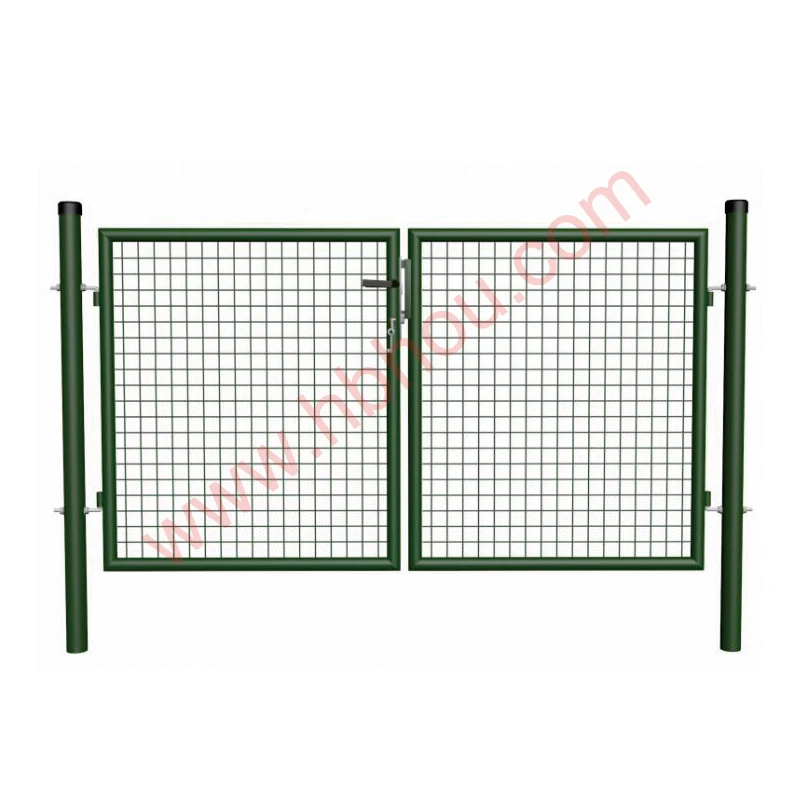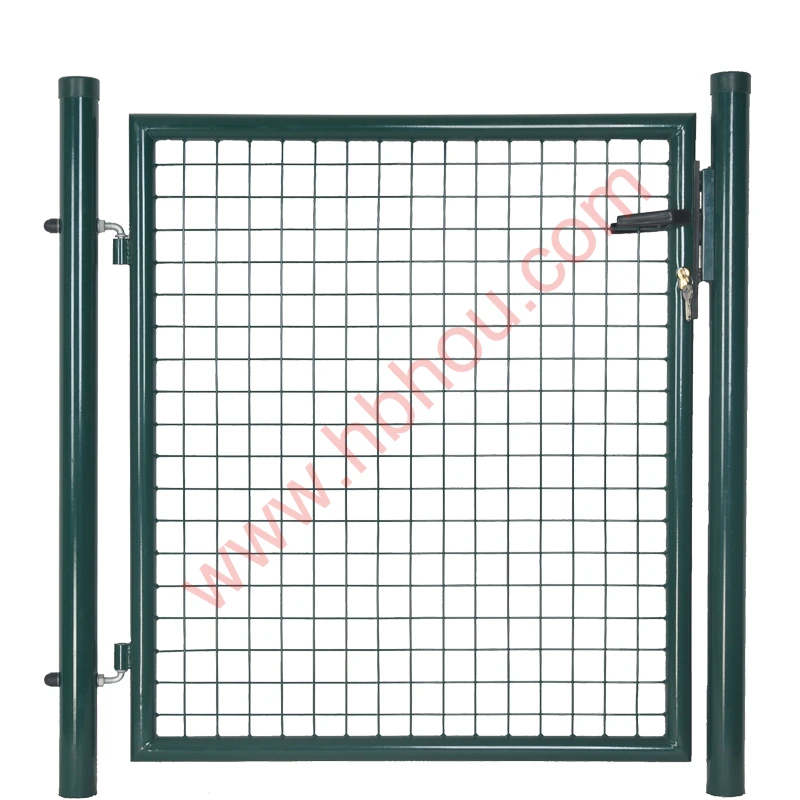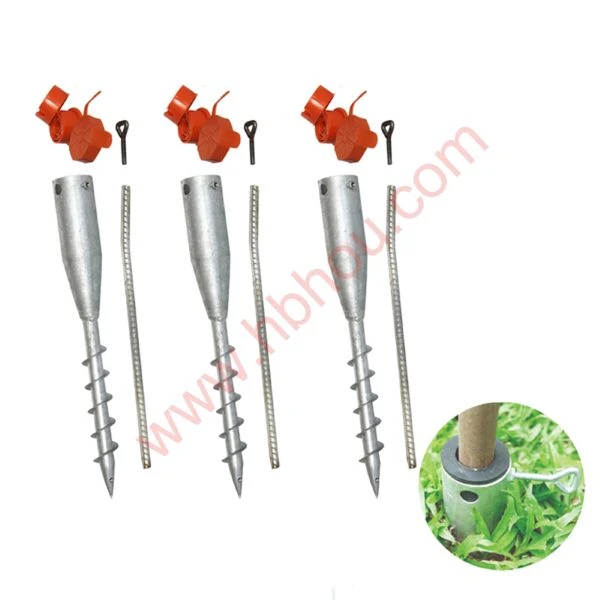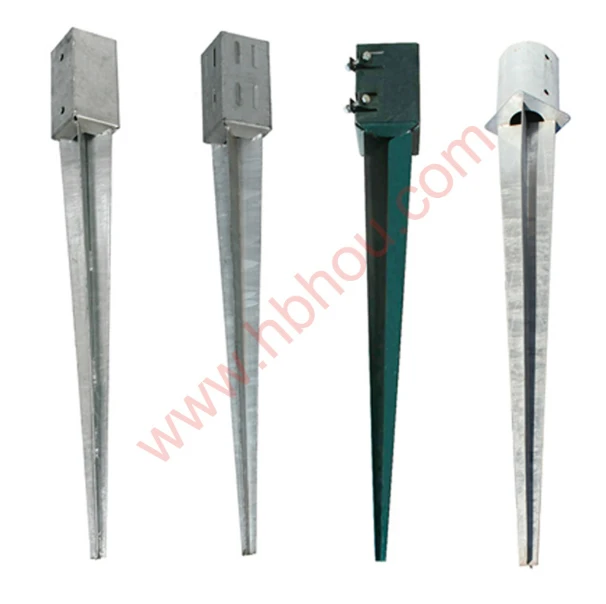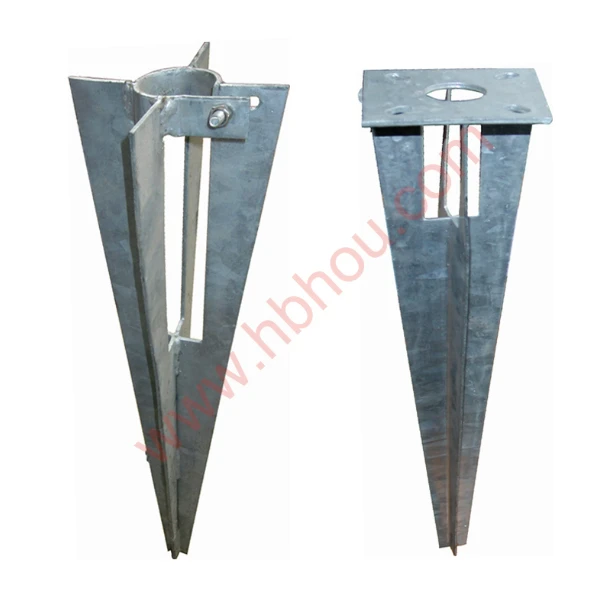Running a Barbed Wire Fence A Guide to Installation and Maintenance
Barbed wire fences have long been a reliable choice for livestock management, property delineation, and security. Their effectiveness and relatively low cost make them ubiquitous on farms and ranches across rural America and beyond. While the concept is simple, achieving a well-constructed and maintained barbed wire fence requires careful planning and execution. In this article, we will explore the key steps involved in installing and maintaining a barbed wire fence to ensure it serves its intended purpose efficiently.
Planning Your Barbed Wire Fence
Before you begin the physical installation of a barbed wire fence, it’s essential to plan your project thoroughly. Start by choosing the appropriate location for your fence. Consider property lines, existing structures, and natural obstacles like trees and water bodies. Knowing the layout of your land will help you determine the length of fencing material required and avoid potential disputes with neighbors regarding property boundaries.
Next, decide on the type of barbed wire you want to use. Barbed wire comes in different gauges, with thicker wire being more durable but also heavier and more challenging to work with. If you are fencing in livestock, selecting wire specifically designed for animal containment is crucial. Generally, a higher gauge (lower number) wire provides more strength; however, lighter gauges may suffice for standard agricultural applications.
Gathering Materials and Tools
After finalizing your plan and choosing your wire, gather all necessary materials and tools
. For your barbed wire fence, you’ll typically need the following- Barbed wire (length will depend on your planned fence perimeter) - Fence posts (wooden or metal) - Corner and end posts (more robust to handle tension) - Barbed wire clips or ties - A tensioning device - Fence post driver or auger - Wire cutters - Protective gloves and safety glasses
Having all these items on hand before you start will make the installation process smoother and more efficient.
Installing the Fence
running barbed wire fence

1. Post Placement Begin by marking the locations for your fence posts. Generally, the spacing between the posts should be 8 to 12 feet apart, depending on the type of wire and the terrain. Use a post hole digger or auger to create holes for the posts. The holes should be about 2 feet deep to ensure stability.
2. Setting the Posts Insert the posts into the holes and pour concrete around them if necessary for added stability. Corner and end posts should be set sturdily since they will bear the most tension from the wire.
3. Running the Wire Once the posts are secure, it’s time to run the barbed wire. Start at one end of the fence, attaching the wire to the first post using clips or knots. Stretch the wire taut towards the next post, ensuring it is at the desired height. Using a tensioning device, create enough tension in the wire without compromising the integrity of the posts or the wire itself.
4. Securing the Wire Attach the barbed wire to each post as you progress. Make sure to leave enough slack in the wire to accommodate any potential settling of the posts over time. Secure the ends tightly, especially at corners and high-stress areas.
5. Final Checks Once all sections are complete, go through the entire fence line to check for loose areas or any spots where repair may be needed. This is also a good time to ensure that the barbs are facing outward to prevent livestock from getting tangled.
Maintenance
Regular maintenance is crucial for the longevity of your barbed wire fence. Inspect the fence at least twice a year for signs of wear or damage. Look for loose wires, broken posts, or corrosion on metal components. Replacing damaged sections promptly will prevent more extensive repairs and ensure that your fence remains functional.
Additionally, keep vegetation trimmed back from the fence line. Overgrown grass and weeds can weaken the structure and can even cause animals to find ways to breach the fence.
Conclusion
Installing and maintaining a barbed wire fence is a practical skill for anyone managing livestock or agricultural land. With proper planning, the right materials, and regular upkeep, a barbed wire fence can provide security and direction for many years, supporting both the well-being of livestock and the efficient functioning of your property. Happy fencing!









